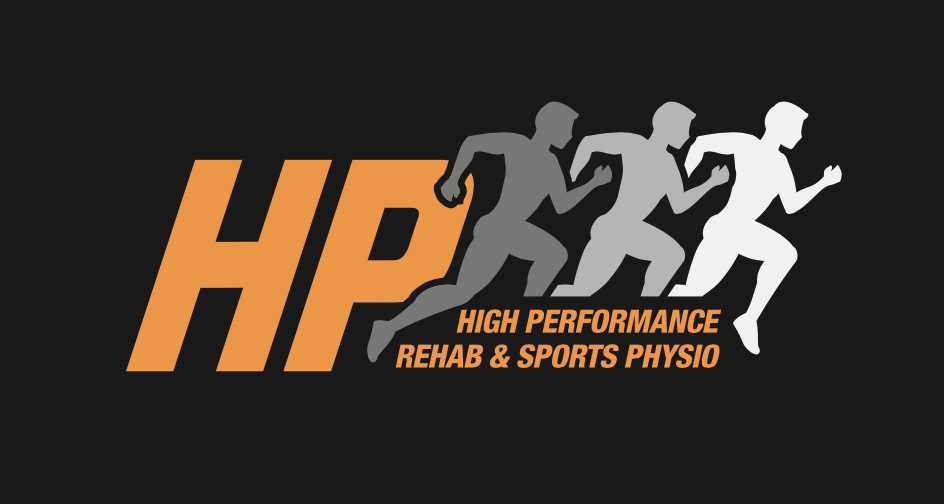There are many factors that interact to contribute to most sporting injuries.
Overall training load and training error are one of the most common causes we see.
Other factors can be important, and need to be addressed, but not at the expense of a through look in to the athlete’s training history and current training load.
These other factors include;
- biomechanics (the way you move),
- age or stage of development (if the athlete is still growing),
- strength,
- mobility, and
- past history
And of course, sometimes there is just plain bad luck. Being in the wrong place at the wrong time. Many collision or contact injuries fall into this category. It is however worth addressing technical aspects of the movement or injury mechanism here if these injuries continue to recur eg, sprained ankle or concussions.
what is load
Load is the stress we place on the body during training or playing or sport (or sports). Crucial factors to consider with regards to load are training intensity, frequency, and chronic long term load.
Training consistency over the long term is what allows us not only to build up the skills for our chosen sport(s), but also builds the physical resilience that prevents many sports injuries from occurring. Where this commonly goes wrong is when we have a poor chronic training load, or we progress the intensity or frequency of our training too quickly.
Progressive overload is a basic training principle that can be applied to any form of training to improve skill and/or physical capabilities. There is a sweet spot where training can be increased in a safe manner to achieve these improvements. There are however many factors that contribute and each individual will have a different tolerance to the amount of increase in stress that can take.
Source: https://www.alaia.ca/physio/
common overload injuries
The most common injuries we see when a training error has occurred are tendon injuries such as tendinopathies, bone stress injuries and muscle strains.
The most common presentation we see are runners that run most days, and often field based athletes that train hard frequently which lead to the injuries above. Contributing factors may be that these athlete’s don’t have the strength base required to tolerate their training – gym based strength work can help here.
children and adolescents
In younger age groups the injuries that manifest from training overload occur in their developing skeletal system.
As children grow parts of their bones are softer than adults and overuse injuries occur in 2 common areas;
- Where there is excessive pulling of strong and tight tendons on bones around growth plates, eg. Severs disease in their heel bone, or Osgood Schlatters at their patella tendon attachment. These often occur in sports such as soccer, AFL and basketball.
- Areas where there is repetitive stress through their bones, eg. Lumbar spine stress fractures in cricket fast bowlers or in gymnasts’.
how to avoid load related injuries
There are several strategies that you can put in place to avoid these types of injuries which include;
- consistency of training over a long period of time, and
- adequate time for recovery, with the use of recovery modalities such as ice baths, compression tights, sports massage and compression boots, if training loads are particularly high.
- Gradual increases to your training load over time. You may need to consult a coach regarding this or an experienced Titled Sports and Exercise Physiotherapist.
- Targeted strength training.
- Variability of exercise type, volume and intensity. There is a link between monotony of exercise and these types of injuries.
Written By Chris Bailey - Titled Sports and Exercise Physiotherapist



